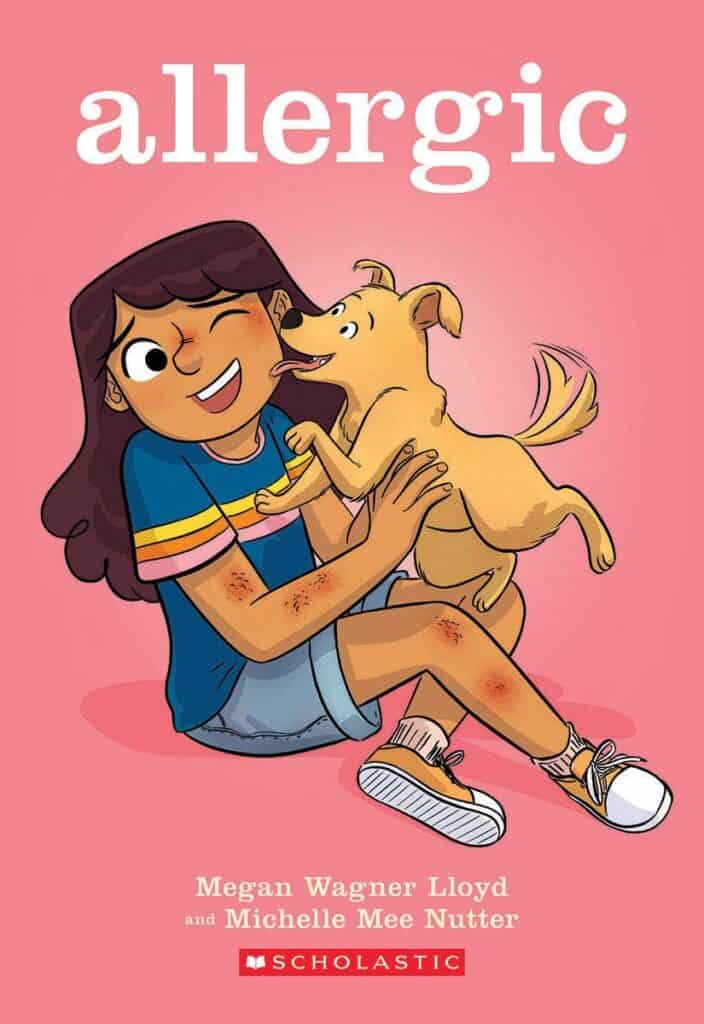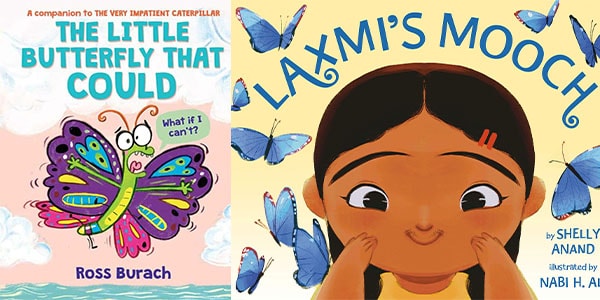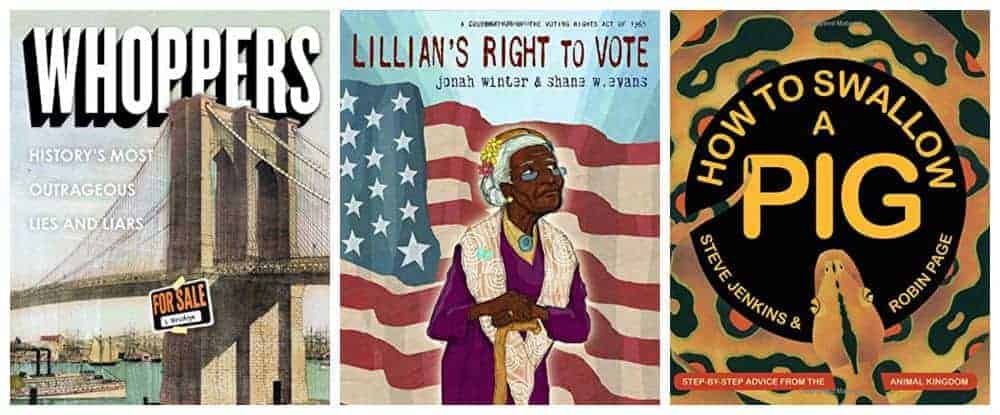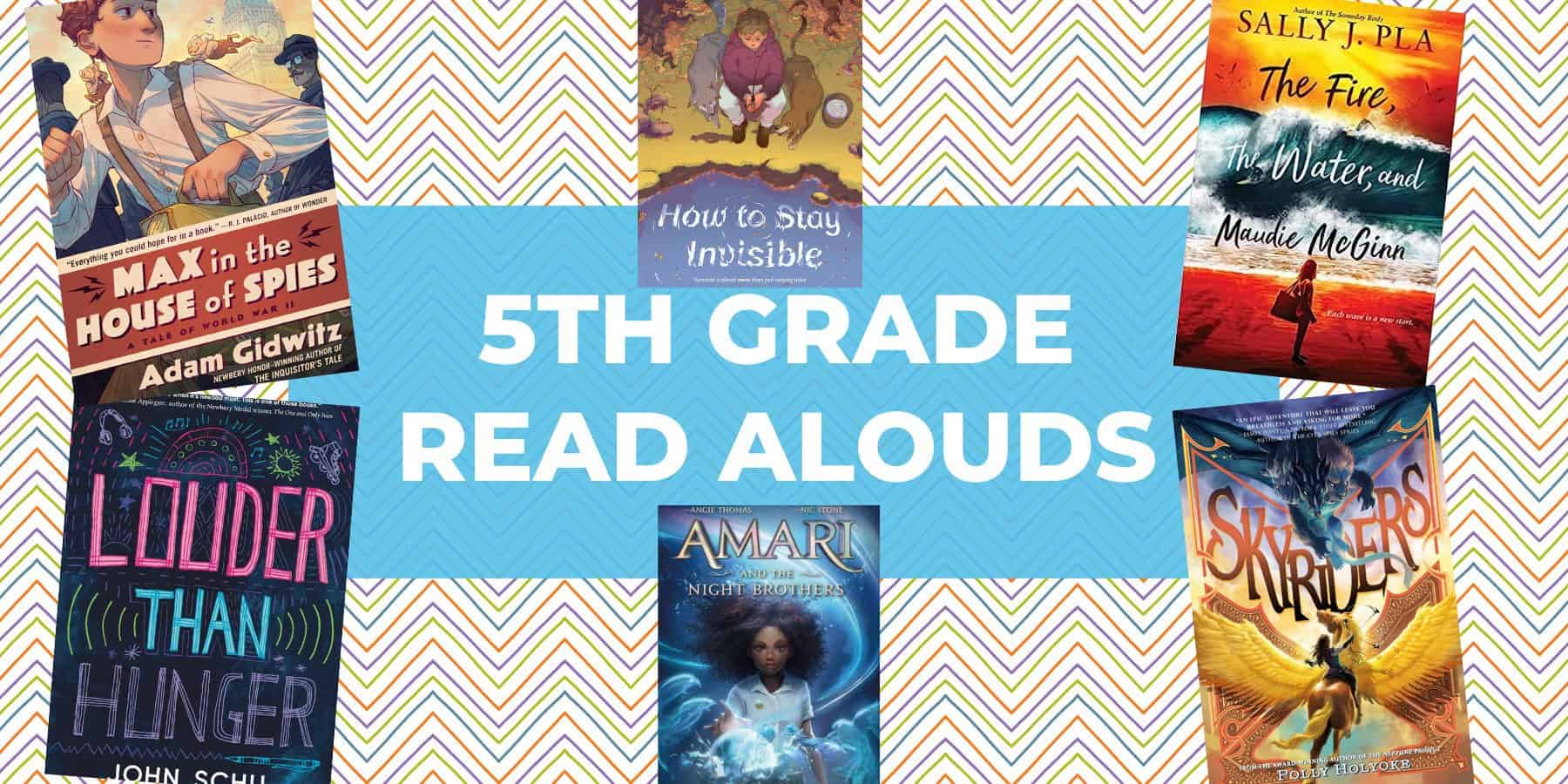What My Allergies Taught Me About Resiliency
This post may contain affiliate links.
written by Megan Wagner Lloyd, author of the graphic novel ALLERGIC
Like many during the pandemic, I’ve dreamed of adopting a pet to help my family through this difficult time. But as someone who’s allergic to all animals with fur or feathers, a pandemic puppy—or any other cuddly, comforting pet—isn’t an option. Instead, I’ve been social distancing from animals since I was young.
How does being allergic to man’s best friend feel? In a word, weird. I also have other allergies, like to pollen and mold and dust, but my animal allergies have always stuck out to me as inherently strange. Becoming physically ill from interacting with cute and cuddly creatures feels a bit like I’m allergic to smiling or babies or rainbows.
When I got allergy shots several years ago, my regular nurse was kind and encouraging. Unfortunately, a substitute covering for her had not mastered the same bedside manners. After reviewing my chart she laughed, as if we were sharing a joke. “That’s a lot of allergies! You should be living in a bubble in Alaska!”
I was surprised at how much her words bothered me. (I didn’t mind the idea of Alaska. I’d been there once, and loved it, even though I’d had really bad seasonal allergies there, actually.) It was the bubble part, with its suggestion that I should be isolated from the wider world, that got to me. I felt the edges of something painful, and wondered. I was used to my allergies, and the life management they required. And I knew that I was very lucky to have only severe, and not life-threatening, allergies to contend with. Why had this stranger’s tactless words touched a nerve?
The answer, I realized, was that I hadn’t always felt so comfortable with my allergies, or had the right diagnoses, medication, and skills to take care of myself as fully. A sensitive kid, I used to suspect that being allergic to animals meant something more about me, as if allergies signaled a deeper problem. I remember tentatively holding a friend’s hamster, and right when my friend claimed, “he never bites,” the hamster bit me. As I watched blood bead on my fingertip, I couldn’t shake the feeling that the hamster had understood me all too well. I could never really be its friend or caretaker; I shouldn’t even have held it in the first place.
My allergies isolated me from animals, but also sometimes from people. They limited which friends’ and relatives’ houses I could go to, especially as I grew older and my symptoms worsened. I would have reactions that were embarrassing and disruptive. In my teens, I went a solid year with a poison-ivy like rash on my arms, neck, and face—not exactly a boon to my social life.
I found ways to cope, like all of us do, in the myriad ways our lives are limited by forces beyond our control. I read book after book starring animal protagonists. I dove into the world of writing, where the ability to be comfortably solitary can also be a superpower. I covered my walls with whale and dolphin posters and pretended that I lived under the sea, where I imagined I could be a mermaid, and live surrounded by animals without fur or feathers. When my younger siblings were born, I loved them more, I was sure, than I could have ever loved any pet. And if there’s been a plus side, it’s been that being itchy so often, and resisting that urge to scratch, has turned me into a pretty patient person.
It turns out I was never quite as alone as I’d thought. According to the Asthma and Allergy Foundation of America, over fifty million Americans suffer from some type of allergies, and skin allergies—my biggest reaction—affected over eight million children in 2015. The CDC says food allergies are “a growing food safety and public health concern that affect an estimated 8% of children in the United States.” And climate change may be making seasonal allergies worse, with “shifts in precipitation patterns, more frost-free days, warmer seasonal air temperatures, and more carbon dioxide in the atmosphere.”
Some allergy sufferers face challenges I’ve dealt with, like itchy rashes, missing social gatherings, and not being able to get a longed-for pet. Others confront realities beyond my own, like having to pack safely prepared food for any and every outing, always keeping track of an Epi-pen, and staying ever-aware of stinging insects.
Life, as we’ve all been too abundantly reminded of this past year, has a way of throwing things at us that we weren’t expecting. But the growing ranks of kids—and adults—with allergies can teach us a thing or two about resiliency, adaptation, and facing limiting circumstances you never signed up for, one day at a time.
About Megan Wagner Lloyd

Megan Wagner Lloyd is the author of several picture books, including Paper Mice, Building Books, Finding Wild, and A Fort-Building Time. She lives in the Washington DC area. Visit her website at meganwagnerlloyd.com and on Instagram @meganwagnerlloyd.
Note from Melissa:
Thank you so much, Megan, for sharing your story. I love Allergic because it gives kids (like my youngest daughter) a mirror story so they’ll know that other kids are also dealing with allergies and that they’re not alone. In addition, it provides a window into what it’s like to live with allergies…and hopefully builds empathy in children (and adults) who don’t have allergies. It’s SUCH a beautiful, well-written story with inviting artwork; and I highly recommend to all readers.
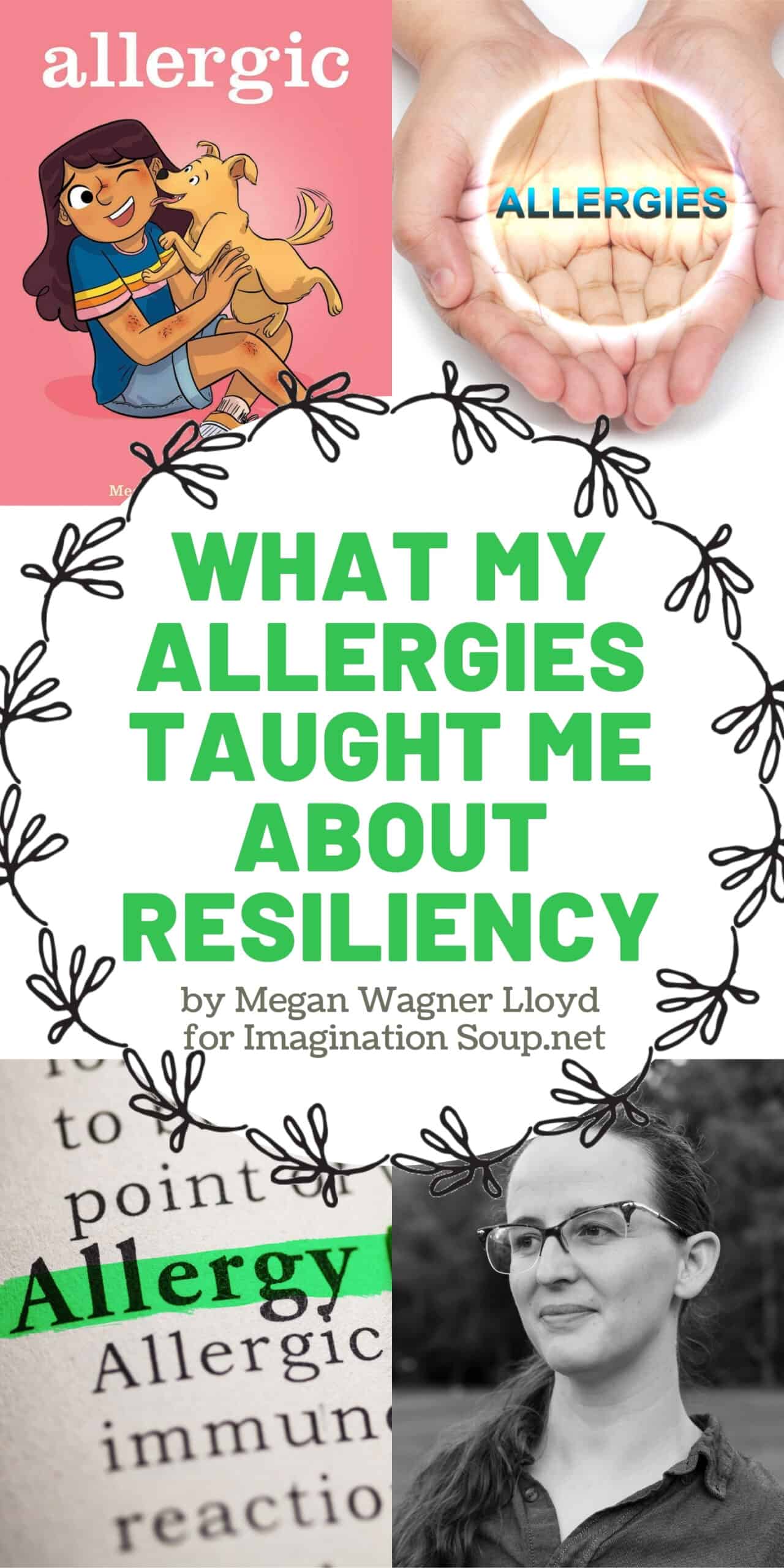
Also Read:
The Best Graphic Novels for Kids
Best Books for 9-Year-Olds (4th grade)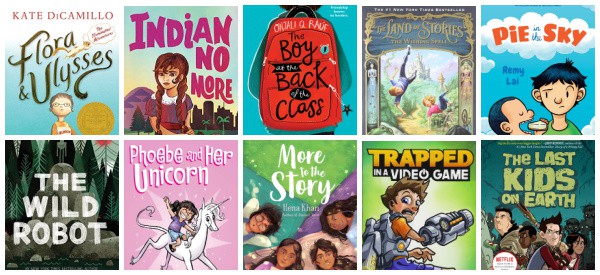
All Guest Posts on Imagination Soup


